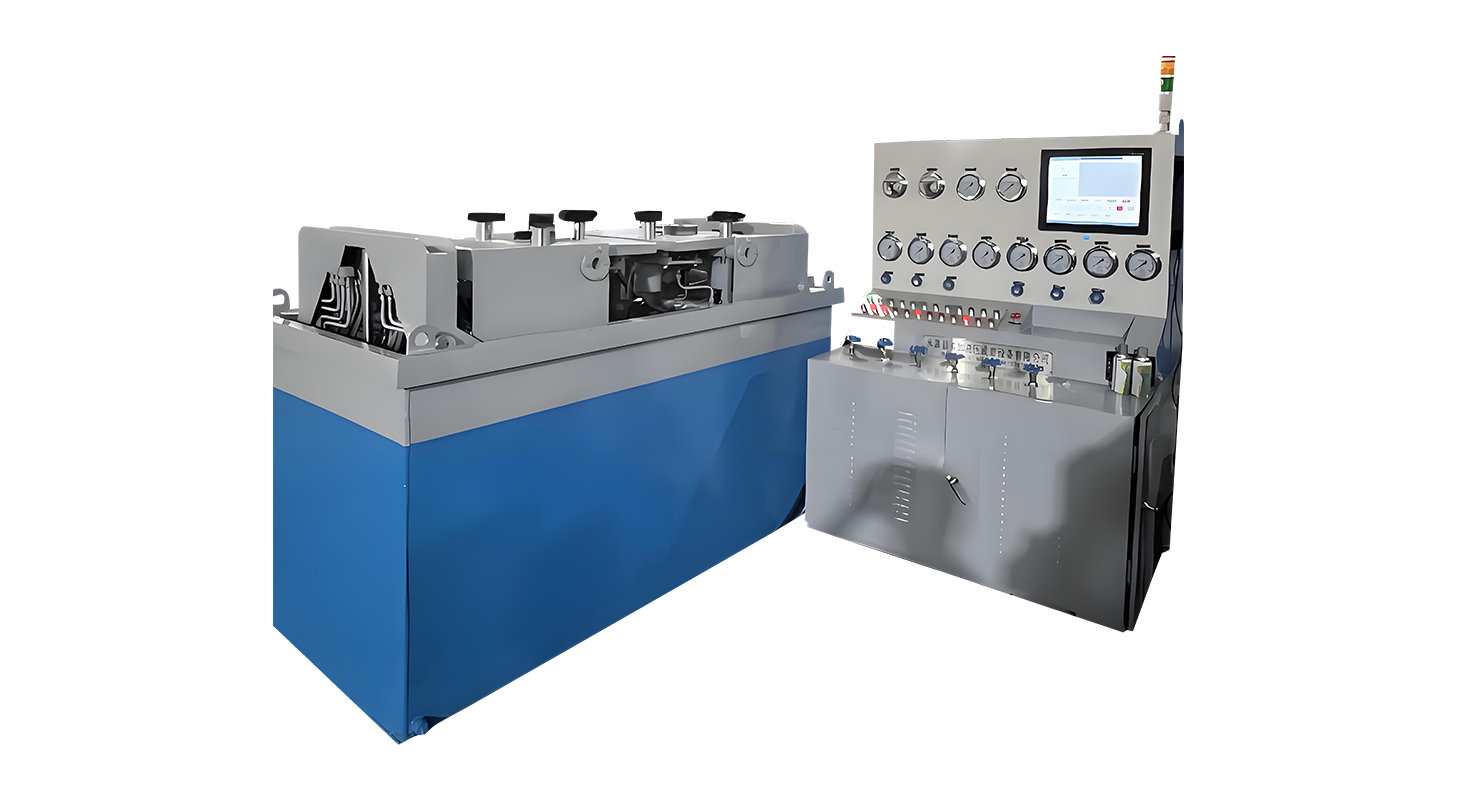Jun 25, 2025
Valve pressure testing is a crucial process that directly contributes to the overall safety and reliability of fluid control systems. Through this testing, manufacturers and operators can ensure that valves meet the required pressure specifications and perform correctly under working conditions. Without proper testing, valves may fail, pilot to leaks, system malfunctions, or even hazardous accidents. In this article, we will explore how valve pressure testing enhances system safety, with a specific focus on bench test safety valves and ball valve testing.

The Purpose of Valve Pressure Testing
Valve pressure testing is designed to verify that a valve can withstand the pressures it is expected to encounter during service. This process involves applying internal pressure to the valve and monitoring it for leaks, structural integrity, and proper sealing. Valve pressure testing is typically carried out using a valve test machine or a valve test bench to simulate real operating conditions in a controlled environment.
The main objective is to ensure that the valve can safely operate within its designated pressure range without failure. This testing process is particularly important for valves used in high-pressure systems such as oil and gas pipelines, chemical processing plants, and water treatment facilities.
Bench Test Safety Valve: A Critical Process
The bench test safety valve procedure is essential for verifying the functionality of safety valves. Safety valves are specifically designed to release pressure when it exceeds a preset limit, protecting the system from overpressure conditions. During a bench test, the safety valve is mounted on a test bench, and a controlled pressure is applied to check whether the valve opens at the correct set pressure and reseats properly after relieving pressure.
This type of testing allows technicians to assess the valve’s response time, pressure accuracy, and sealing performance. Any failure in a safety valve can pose serious risks to both equipment and personnel. Therefore, bench testing is a necessary step in confirming that the safety valve will perform reliably when needed.
Ball Valve Testing: Verifying Tightness and Functionality
Ball valve testing is another essential part of ensuring system safety. Ball valves are widely used in pipelines due to their ability to provide quick shutoff and low flow resistance. During ball valve testing, several procedures are conducted, including hydrostatic pressure testing and seat leakage testing.
Hydrostatic testing for ball valves involves filling the valve with water and applying pressure to check for body leaks. Seat leakage testing focuses on the valve’s sealing capability when in the closed position. Both tests are critical in verifying that the ball valve can maintain a secure seal and prevent fluid leakage under pressure.
Ball valve testing on a valve test bench provides reliable data about the valve’s performance in simulated operating conditions. This ensures that the ball valve will function correctly in actual service, helping prevent accidents and maintaining system integrity.
Key Benefits of Valve Pressure Testing for System Safety
Valve pressure testing offers several safety benefits, including:
Leak Prevention: By identifying leaks before installation, pressure testing reduces the risk of system failures caused by undetected defects.
Compliance with Standards: Pressure testing helps confirm that valves meet industry requirements and safety regulations.
Enhanced Reliability: Regular bench testing of safety valves and ball valves contributes to consistent system performance and reduced downtime.
Risk Mitigation: Testing identifies weaknesses in valve construction, allowing for timely repairs or replacements before failures occur.
The Role of the Valve Test Machine
A valve test machine is an essential tool used to conduct both safety valve bench tests and ball valve testing. It provides the controlled environment necessary to apply pressure safely and accurately measure valve performance. Using a valve test machine ensures that each valve is tested under repeatable and measurable conditions, supporting thorough quality control processes.
Valve pressure testing is a key factor in promoting system safety across industries. Whether it involves bench test safety valve procedures or ball valve testing, each step plays an important role in preventing accidents, ensuring reliable operation, and maintaining regulatory compliance. By using a valve test bench and a valve test machine, operators can confidently verify that their valves are ready to perform under real-world conditions. Investing time and resources into valve pressure testing not only safeguards equipment but also protects personnel and the surrounding environment.